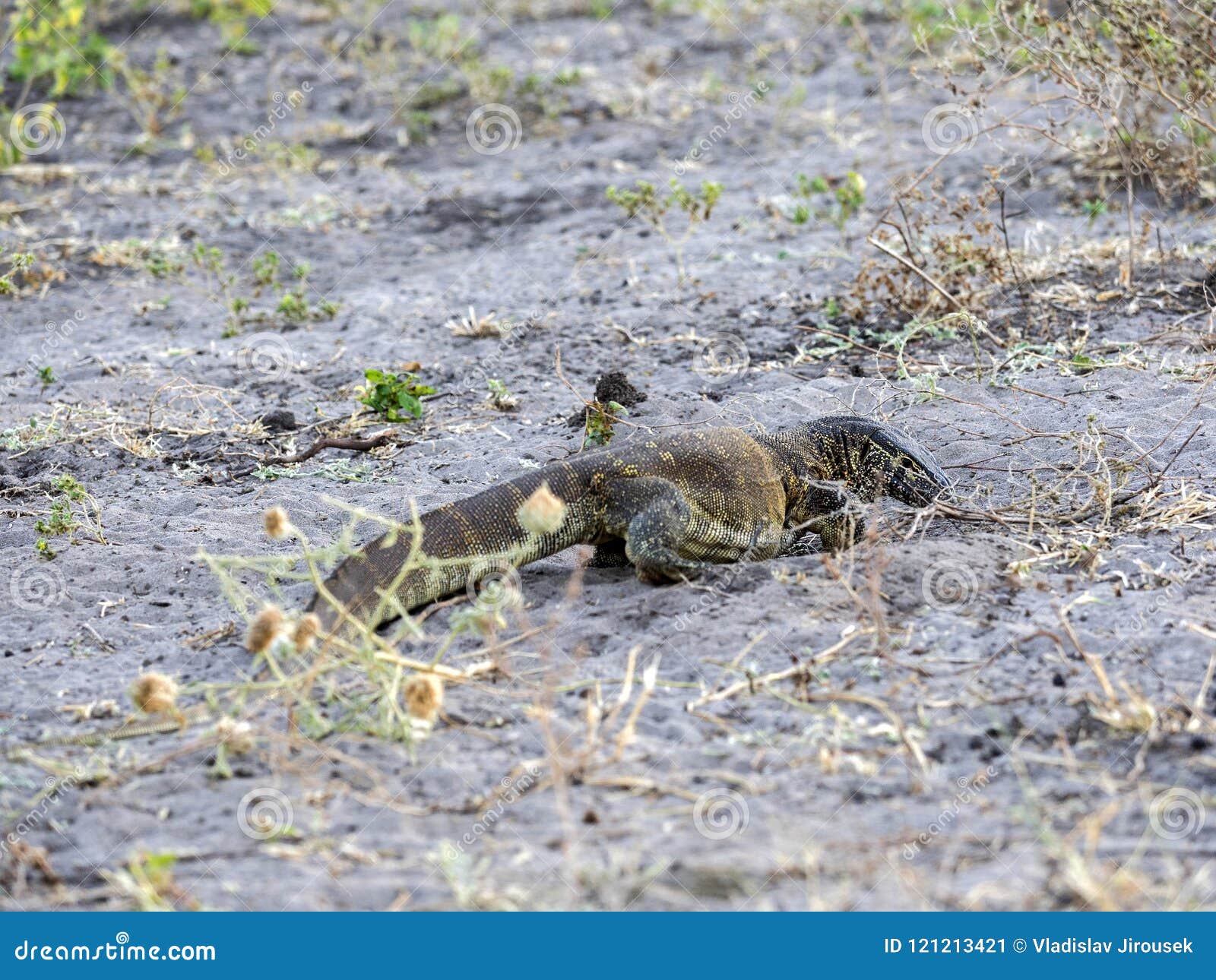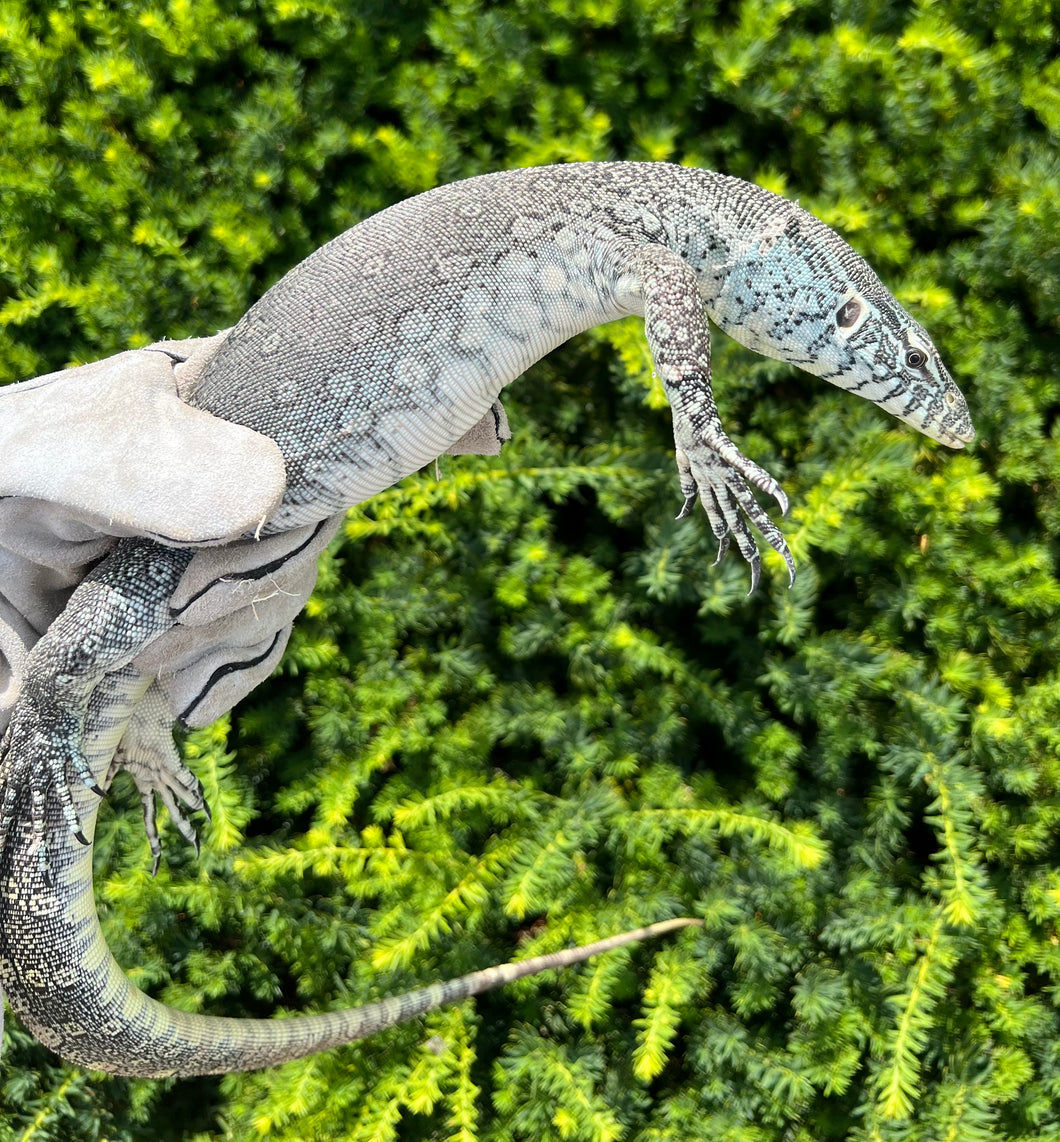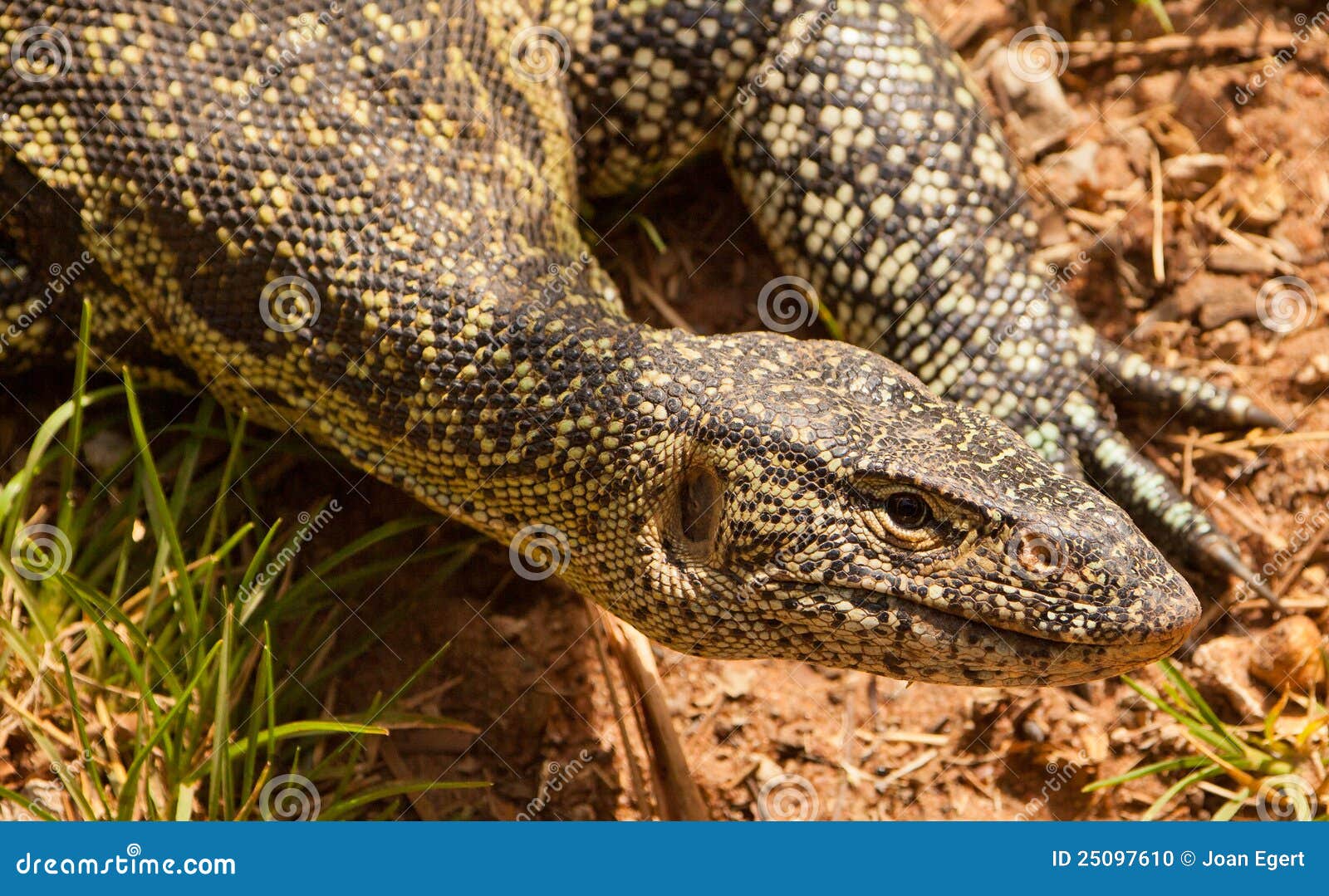Nile Monitor Food Chart Food and Water Nile and Ornate Nile monitor lizards have voracious appetites Crickets mealworms and roaches for juveniles Older monitors can be offered cooked eggs and ground turkey as well as the occasional rodent Dust insect
Nile monitors are carnivores which means that they need to eat a variety of animal based foods in order to get the nutrition that their bodies need Offer food every 1 2 days in a portion roughly equivalent to the size of the monitor s skull Nile Monitor Varanus niloticus Average Size Average Lifespan Diet Feeding Housing 6 7 feet long 15 20 years Nile Monitors are carnivores Babies and juveniles will eat a variety of insects Offer crickets cockroaches mealworms waxworms and superworms Juveniles can eat pinkie and fuzzy mice Adults will eat live or frozen rodents For
Nile Monitor Food Chart

Nile Monitor Food Chart
https://photos.willbl.com/wp-content/uploads/WBL-Liuwa-Plain-Monitor-150530154811.jpg

The Online Zoo Nile Monitor
http://theonlinezoo.com/img/10/toz10799l.jpg

Nile Monitor ReptiChip LLC
http://reptichip.com/cdn/shop/articles/Best_substrate_for_a_Nile_monitor_Varanus_niloticus_ReptiChip_600x.png?v=1718202937
Nile monitors are carnivorous They feed on a diet consisting of crickets mealworms and rodents Hatchlings should be fed a diet of insects that are coated and fed vitamin and mineral supplements Young monitors should be offered food daily Nile Monitors are quick hunters and opportune scavengers eating insects mollusks fish amphibians rodents small mammals bird eggs and other reptiles just about any animal they think they can swallow Young monitors are better fed every day and do well on crickets roaches and other bugs
Nile monitors are carnivorous reptiles with a diverse diet In the wild they feed on a variety of prey including fish rodents insects and occasionally birds As captive pets it s essential to provide a balanced and varied diet to ensure their nutritional needs are met Nile Monitor Feeding These carnivorous predators will eat just about anything it can get its chompers on and fit in its mouth They usually will feed on fish rodents birds insects small mammals reptile eggs and even other reptiles such as snakes and young crocodiles The diet for pet Nile Monitors should vary as well
More picture related to Nile Monitor Food Chart

Nile Monitor Facts Diet Habitat Pictures On Animalia bio
https://animalia-bio.us-east-1.linodeobjects.com/animals/photos/full/1.25x1/water-monitor-varanus-niloticus-also-knows-as-a-leguaan.webp

Nile Monitor Facts Adult Size Habitat Diet Pictures
https://www.animalspot.net/wp-content/uploads/2019/01/Nile-Monitor-Lizard.jpg

Nile Monitor Facts Adult Size Habitat Diet Pictures
https://www.animalspot.net/wp-content/uploads/2019/01/Nile-Monitor-Size.jpg
Try to provide your monitor with as much variety in their diet as possible In the wild nile monitors are opportunistic feeders and will eat just about anything they can find or catch Nile monitors are carnivores In captivity they can be fed crickets mealworms kingworms waxworms butterworms rodents and fish Feeder insects should be fed rich diets prior to being fed off The monitors may occasionally be fed cooked eggs canned dog or monitor food or raw beef heart
Nile Monitors will eat a range of many things with their favorite being land snails They are carnivores and hunters but also seen as scavengers When hunting they will use their sharp Nile monitors will eat anything that fits into their mouth and can be swallowed as a whole like fish snails slugs frogs toads eggs in particular crocodile eggs birds small mammals young crocodiles turtles crabs large insects termites caterpillars and carrion

Hypo Nile Monitor Juvenile
https://www.reptilesncritters.com/products/images/large/Hypo-Nile-Monitor.jpg

Nile Monitor Size How Big Are They Compared To Others
https://www.yesanimal.com/wp-content/uploads/2023/03/Nile-monitor-size.jpg

https://reptilesbymack.com › wp-content › uploads › ...
Food and Water Nile and Ornate Nile monitor lizards have voracious appetites Crickets mealworms and roaches for juveniles Older monitors can be offered cooked eggs and ground turkey as well as the occasional rodent Dust insect

https://reptilesupply.com › blogs › care-sheets › how-to...
Nile monitors are carnivores which means that they need to eat a variety of animal based foods in order to get the nutrition that their bodies need Offer food every 1 2 days in a portion roughly equivalent to the size of the monitor s skull

Nile Monitor Size How Big Are They Compared To Others

Hypo Nile Monitor Juvenile

Nile Monitor Varanus Niloticus Looking For Food Chobe National Park Botswana Stock Image

Juvenile Nile Monitor Scales And Tails Of Ohio

Nile Monitor Lizard ZooChat

Ornate Nile Monitor Babies

Ornate Nile Monitor Babies

Nile Monitor Varanus Niloticus Wildlife Vagabond

Nile Monitor Babies For Sale American Reptile Distributors

Nile Monitor Stock Photo Image 25097610
Nile Monitor Food Chart - Nile Monitor Feeding These carnivorous predators will eat just about anything it can get its chompers on and fit in its mouth They usually will feed on fish rodents birds insects small mammals reptile eggs and even other reptiles such as snakes and young crocodiles The diet for pet Nile Monitors should vary as well